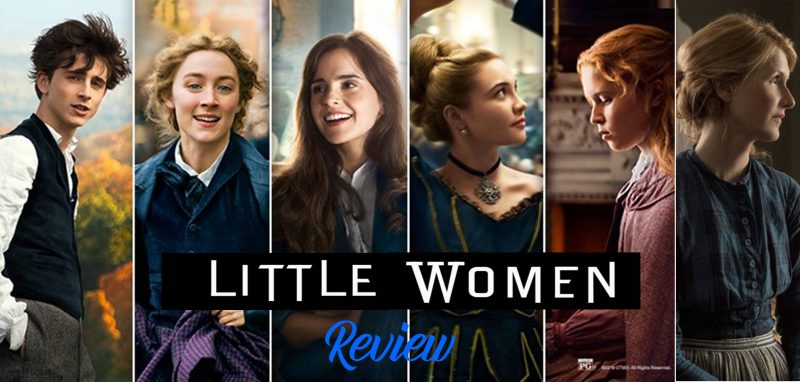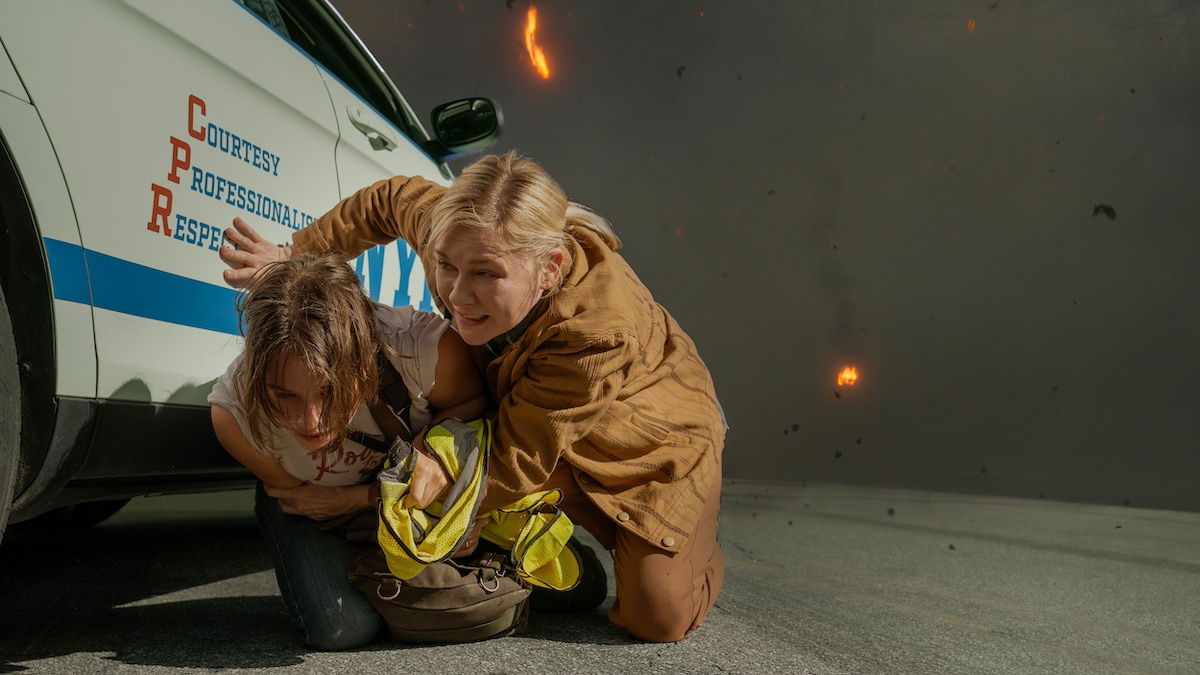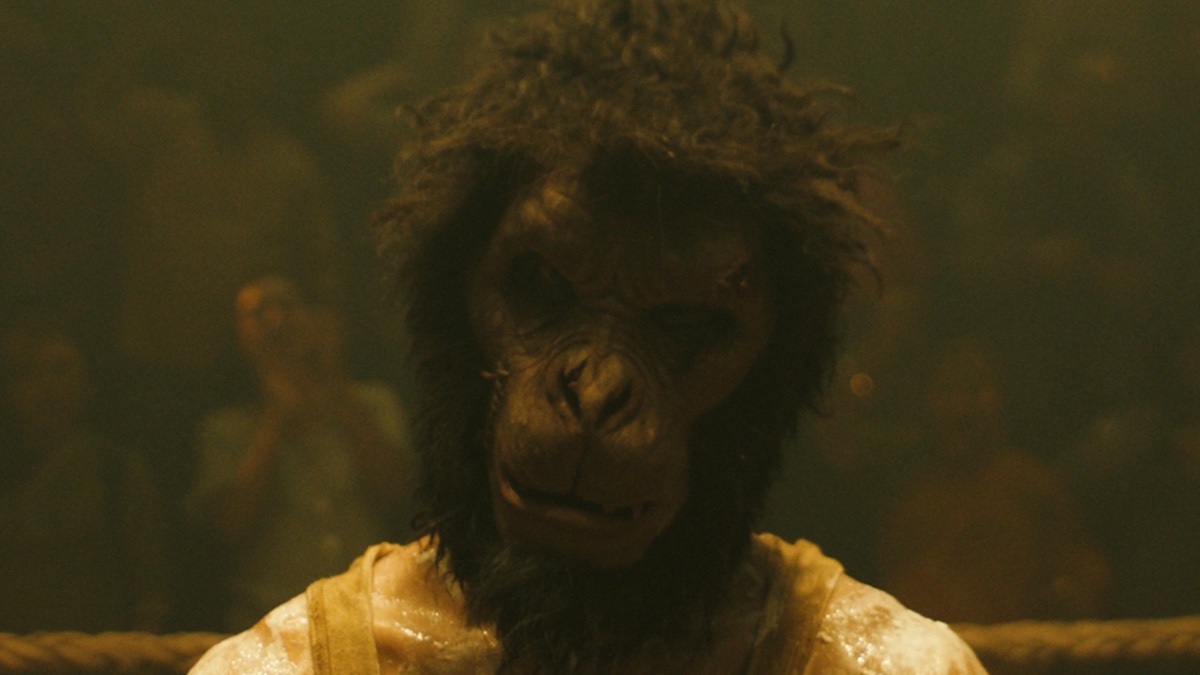Little Women was my first favorite book. I think I’ve probably read it 50 times, and cried, laughed and ached at pieces of it every time. I thought I had seen every version – I haven’t (see the link to a list later this post) – and liked some much more than others. And I was SO excited that there would be a new version, despite some apprehension at the casting.
Turns out, that’s not where my apprehension should have lived. Don’t get me wrong – this was a very good version, certainly better than most of what I’ve seen. But, even though it was nominated just this week for a Best Picture Oscar (among others), it had some flaws – flaws that may be just fine with people not as emotionally invested in this absolute gem of a book as I am. But because I am, admittedly, “waiting for Godot” – a completely true-to-the-word adaptation, this made me squirm more than a little bit.
The last movie adaptation, which starred Susan Sarandon as Marmee and Winona Ryder as Jo, annoyed me no end because it was written through a transcendentalist viewpoint*, a philosophy that author Louisa May Alcott’s parents subscribed to. It felt stilted and preachy. This version, adapted and directed by Greta Gerwig, dropped that viewpoint, but definitely had its own slant – women’s lack of independence, in marriage, career and financial matters. All of this was completely and undoubtedly true in the 1800s (the book takes place during and after the Civil War), but it’s very heavily pushed in this version.
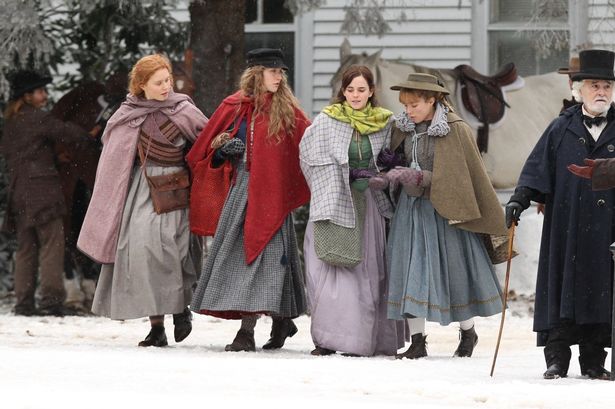
Jo cries about not wanting to be dependent. Aunt March (Meryl Streep) addresses three of the four girls (it seems to be a given that Beth isn’t made for anything earthly, so she doesn’t get this kind of lecture) and laments their failure to marry rich, or insists that they’re the only hope of the family to find a suitable partner. Meg cries to her much loved but poor husband about not having the kind of money that her friend Sally does. Amy lectures family friend Laurie about a woman’s responsibility to marry well, given that she doesn’t have the society-approved ability to make her own money. And even the book’s ending is twisted to suit Gerwig’s adherence to this vision – does Jo actually marry Professor Baer? Or is this only the vision of a publisher-approved ending to her book, seeing as Jo herself has stated that she will never marry? This was confusing – maybe it was satisfying to viewers who went into the film not familiar with the story, who weren’t already invested in the love story… definitely a modern take on this 150-year-old book that actually had fought against social strictures. But to those of us who aren’t looking for moral lectures, for updating and modern takes, it felt like a betrayal (although it probably would have made Alcott happy).
In an article from the New York Times, writer and director Greta Gerwig talked about her research for this version. “Gerwig’s script drew from Louisa May Alcott’s private letters, scholarship on Alcott’s life, and Alcott’s later novels, in which Gerwig spied even more modern heroines than the ones in Little Women. Though Alcott compromised her plots to appease the expectations of readers, ‘as the books went on, they became more and more like her life,’ Gerwig said. A speech delivered by Alcott’s stand-in Jo in the film is borrowed from Alcott’s 1876 novel Rose in Bloom, about a young woman who goes off to live (and spar) with her seven male cousins:
Women, they have minds, and they have souls, as well as just hearts. And they’ve got ambition, and they’ve got talent, as well as beauty, and I’m so sick of people saying that love is just all a woman is fit for. I’m so sick of it.
“Gerwig added her own final line: ‘But I’m so lonely.’”
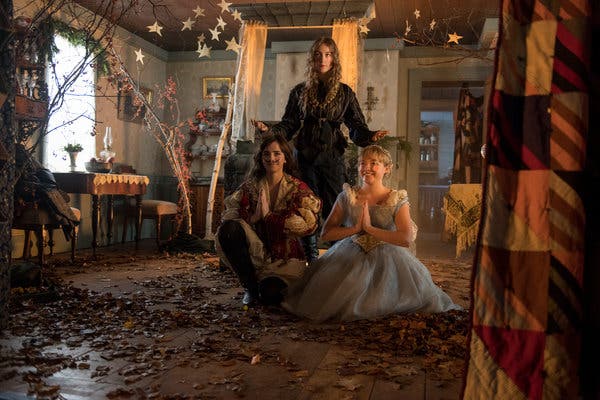
Another particular thing that made me crazy was that Gerwig didn’t tell her story in a linear fashion. The movie starts with a scene that, chronologically, would occur much farther through the story. Frequently, you had to look at the girls’ hairstyles to figure out when this scene took place – was Jo’s hair long or short? Did Amy have braids or an upsweep? Oh, ok, here, Jo is in New York; here, she’s producing family plays in their home. Oops, now we’re in Europe – before or after Beth’s death?
Casting for any version is a trick. Earlier versions had actresses who were much older than their roles – hard to be successful. And this version had some miscasts, in my opinion. Saoirse Ronan did a good job controlling her natural Irish accent, and while I wasn’t immediately taken, by the end of the film I felt that she had done an excellent job. Emma Watson, as oldest sister Meg, however, was a different story – she was never convincing as an older, more mature sister. Eliza Scanlen was beautiful and ethereal as the painfully shy Beth. Florence Pugh, as youngest sister Amy, was the least successful for me. With her deep voice and square (although lovely) face, I had trouble seeing her as the spoiled, petted baby of the family, grown to be an accomplished beauty. I definitely liked Laura Dern as Marmee, the brood’s matriarch, and completely believed her when she told Jo, “I have been angry nearly every day of my life.”
One actor surprised me – Timothée Chalamet as Laurie was tender, funny, and terrific. I definitely teared up, watching this motherless child discover that he was easily accepted into this large, loving family that suddenly filled all of the holes in this heart. One of my favorite scenes in the movie was with Laurie and Jo, as they danced joyfully outside of a staid, conventional coming-out party – there was no question of why Laurie fell in love so thoroughly and so immediately with Jo. And in the film’s final third, his portrayal of the rejected, wealthy wastrel converted into a man worthy of love was beautiful to see.
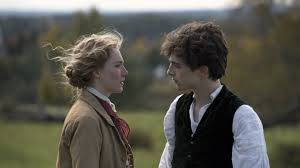
Casting for the four girls, their mother, and Laurie has been inconsistent over 90 years of film and television versions. The first Jo that I knew of was Katherine Hepburn – undoubtedly, partly a product of Hepburn’s star power and audience appeal, but oh, how I love her in the role! A later version with June Allyson as Jo (not nearly as successful) had two perfectly cast stars – Elizabeth Taylor as Amy, and Peter Lawford as Laurie. The 1994 version with Sarandon and Ryder failed, in my opinion. And the more recent PBS mini-series didn’t impress me in any major way. If you’d like to see what looks like a pretty comprehensive list of the MANY versions of Little Women, click here! I was completely amazed by the number – and saddened by how many are considered lost.
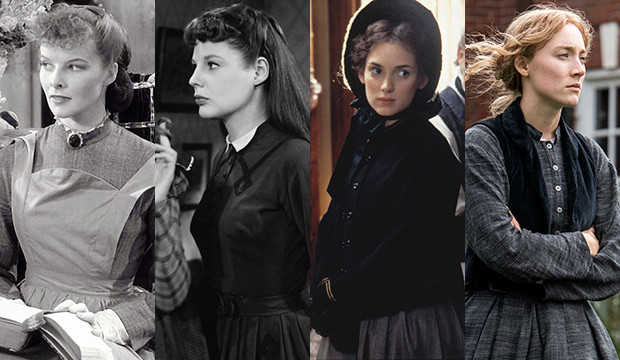
The film was shot beautifully – growing up in this loving, idealized home translated well into the rich, golden hues used to shoot the scenes in the March household and around it, including the next-door Laurance home. The contrast between the poverty of the Marches (although I must say, I always wondered how a family who constantly talked about their lowered financial status could afford a household servant) and the wealth of their neighbor was definite and pronounced – particularly in the gasps of delight when the four girls first go into the house – but never an impediment to the friendship of the two families. The European scenes, as Amy accompanies Aunt March, were lovely. And Jo’s struggles in New York, including the friendship she built with Professor Baer, were filmed in a less-filtered, more real light, which suited Jo’s struggle with creating a life in the “real world.”
Costumes were lovely, particularly Amy’s European dresses. The March girls frequently wore pants, or what we would recognize as leggings, when they were at home – I don’t know much about historical costuming, but this felt more like a nod to Gerwig’s “independence” slant than historically accurate. And they definitely reflected the girls’ personalities – Beth’s dresses were plainer and simpler in color; Jo was never seen in hoops or bustle like her sisters. This earned another Oscar nod, for costume designer Jacqueline Durran.
Other Oscar nods include Saoirse Ronan for Best Actress; Florence Pugh for Best Supporting Actress; Greta Gerwig for Best Adapted Screenplay; and composer Alexandre Desplat for Best Score.
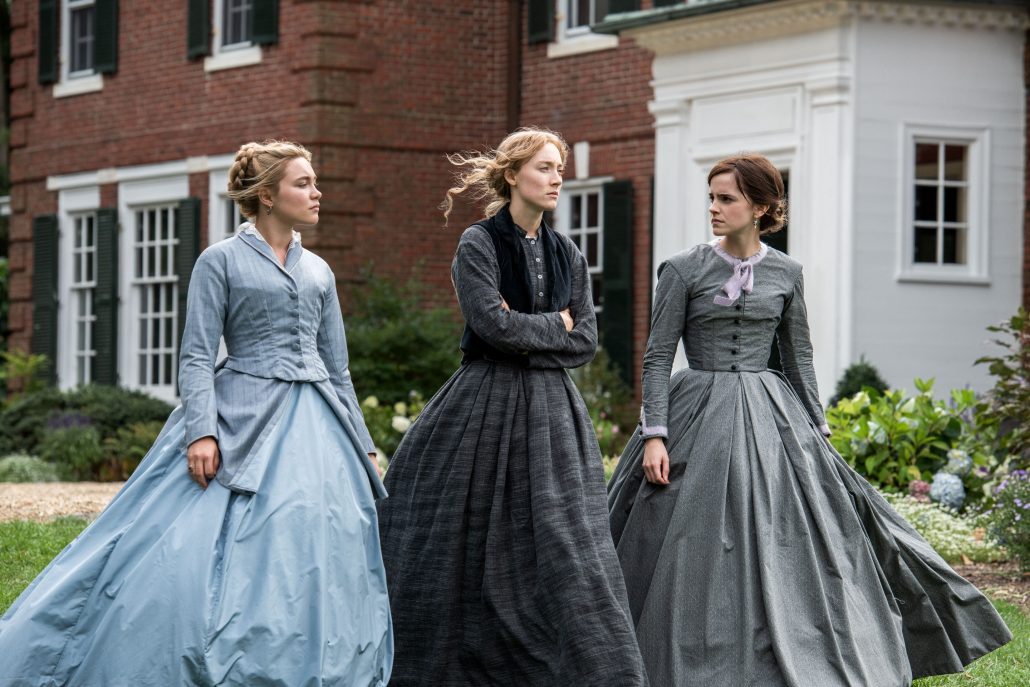
Little Women is a fairly long book, and covers probably about a 15-year span in the girls’ lives; it’s difficult to cover this much material in a 2-hour film. But the movie hit many of the high (and low) points with emotion and depth – Amy’s “vengeance” on Jo; the dramatic plays the girls put on; Beth’s tragedy. Other scenes – Jo’s tenure as a nanny in a New York boarding house, Meg’s romance with tutor John Brooke – were given short shrift, but you can’t include everything.
* transcendentalism:
Follow me on Twitter: @ErinConrad2 and @threeifbyspace
Subscribe for instant notice of new posts
Like this article? Share it with our Social Share buttons!

